Parts of Plant Functions Worksheet
The Parts of Plant Functions Worksheet is designed to help elementary students learn and understand the important roles that each part of a plant plays in its overall function. This worksheet is ideal for teachers and homeschooling parents who are seeking an engaging and educational resource to reinforce the concept of plant anatomy with their students.
Table of Images 👆
- Plant Parts and Their Functions Worksheet
- Label Plant Parts Worksheet
- Cell Parts and Functions Worksheet
- Plant Parts Worksheet
- Animal Cell Organelles Functions
- Plant Parts Worksheet
- Plant and Animal Cell Worksheets 5th Grade
- Cell Organelles and Their Functions Chart
- Cell Organelles Worksheet Answers
- Label Plant Parts and Functions
- Animal Cell Diagram Worksheet Answers
- Cell Organelle Quiz Worksheet
- Cell Organelle Quiz
- Flower Parts Diagram
More Other Worksheets
Kindergarten Worksheet My RoomSpanish Verb Worksheets
Cooking Vocabulary Worksheet
My Shadow Worksheet
Large Printable Blank Pyramid Worksheet
Relationship Circles Worksheet
DNA Code Worksheet
Meiosis Worksheet Answer Key
Art Handouts and Worksheets
7 Elements of Art Worksheets
What is the function of the root?
The function of the root in plants is to anchor the plant in the soil, absorb water and minerals from the soil, and store nutrients for the plant. The root system also helps to provide support to the plant and transports water and nutrients up to the rest of the plant.
What is the function of the stem?
The main function of the stem is to provide structural support for the plant, holding up the leaves, flowers, and fruits. Additionally, the stem transports water and nutrients from the roots to the rest of the plant and also acts as a storage organ for storing food reserves.
What is the function of the leaves?
Leaves primarily serve as the site for photosynthesis, a process in which plants use sunlight to convert carbon dioxide and water into oxygen and glucose, their main source of energy. Additionally, leaves help regulate the plant's gas exchange, providing oxygen and releasing excess water vapor through tiny pores called stomata. Leaves also play a role in transpiration, where water is absorbed by the roots and transported to the leaves, aiding in the circulation of nutrients and maintaining the plant's overall health and growth.
What is the function of the flower?
The primary function of a flower is reproduction. Flowers contain reproductive organs that produce pollen and facilitate the transfer of pollen from one plant to another for fertilization. This process leads to the formation of seeds, ensuring the continuation of the plant species. Additionally, flowers may attract pollinators such as bees, butterflies, and birds through their colors, shapes, and scents, aiding in pollination and promoting genetic diversity.
What is the function of the fruit?
The main function of a fruit is to protect and disperse seeds for the plant's reproductive purposes. Fruits develop from the ovaries of flowers and often contain seeds that can be spread through various means, such as by animals eating the fruit and dispersing the seeds in their droppings. In this way, fruits help plants reproduce and colonize new areas. Additionally, fruits provide a food source for animals, which may aid in seed dispersal and help ensure the plant's survival.
What is the function of the seed?
The function of a seed is to protect and nourish the embryo plant, enabling it to survive and grow into a new plant. Seeds contain all the necessary nutrients and genetic information needed for the plant to develop and germinate, ensuring the continuation of plant species through reproduction.
What is the function of the petal?
The main function of a petal is to attract pollinators such as bees, butterflies, and birds to the flower for the purpose of reproduction. Petals are often brightly colored, fragrant, and have nectar glands to entice these pollinators to visit the flower and transfer pollen between male and female reproductive organs, aiding in the process of fertilization.
What is the function of the stigma?
The main function of the stigma in plants is to receive pollen during pollination. It is a sticky, receptive surface at the top of the pistil where pollen grains land and germinate to fertilize the ovules within the ovary. This crucial step in plant reproduction enables the transfer of male gametes to the female reproductive organs, leading to the formation of seeds and fruits.
What is the function of the ovary?
The ovary is the female reproductive organ responsible for producing eggs (ova) and secreting hormones like estrogen and progesterone. It plays a crucial role in the menstrual cycle, fertility, and pregnancy by releasing eggs for fertilization and producing hormones that regulate the reproductive system and secondary sexual characteristics.
What is the function of the chlorophyll?
Chlorophyll is a pigment found in the chloroplasts of plant cells that plays a crucial role in photosynthesis. Its main function is to absorb light energy from the sun, which is then used to convert carbon dioxide and water into glucose and oxygen, producing energy for the plant and releasing oxygen into the atmosphere as a byproduct.
Have something to share?
Who is Worksheeto?
At Worksheeto, we are committed to delivering an extensive and varied portfolio of superior quality worksheets, designed to address the educational demands of students, educators, and parents.





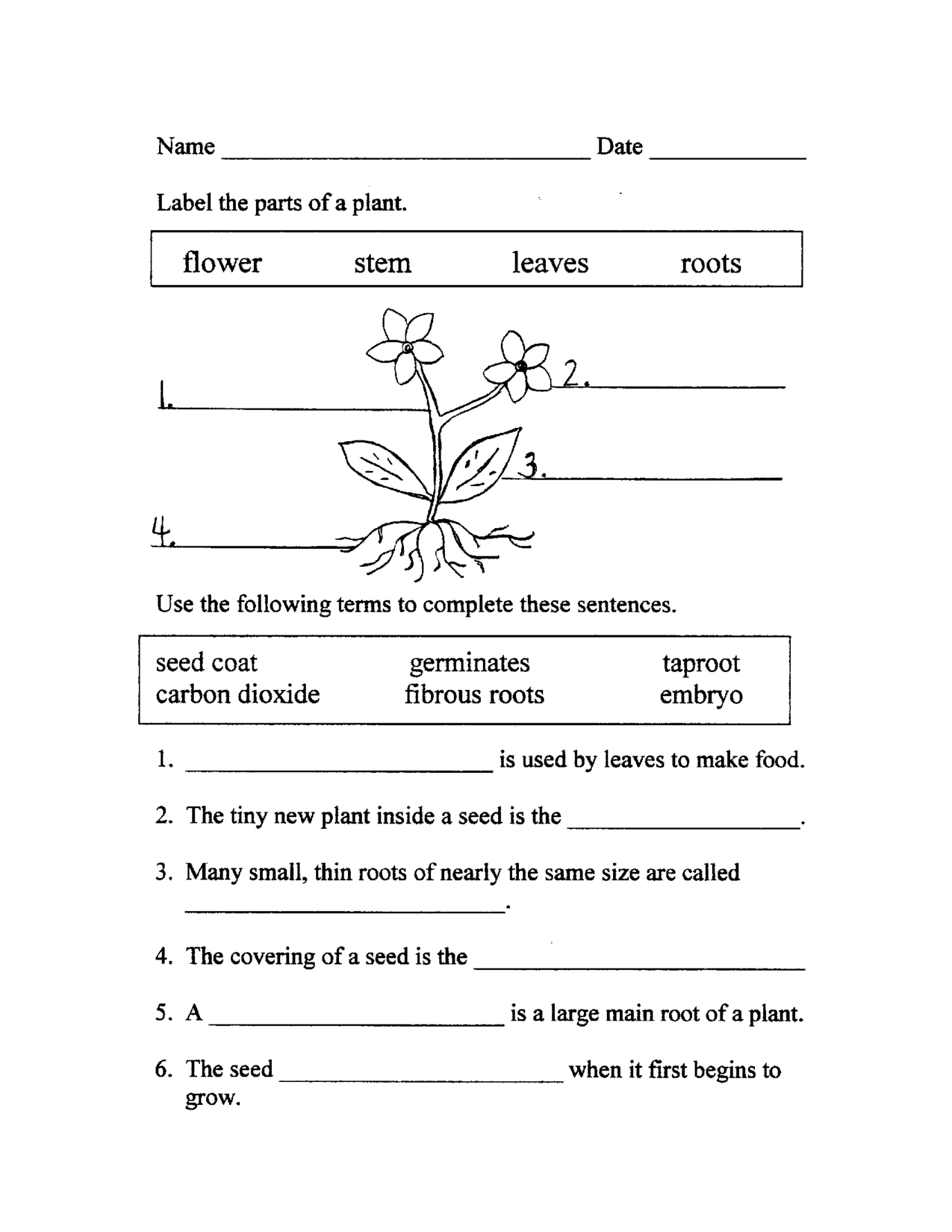
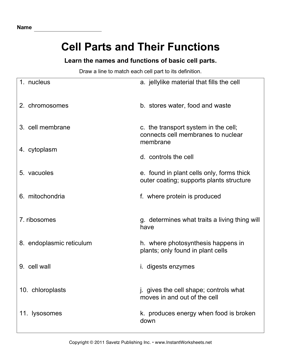
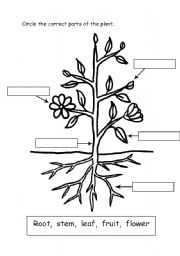
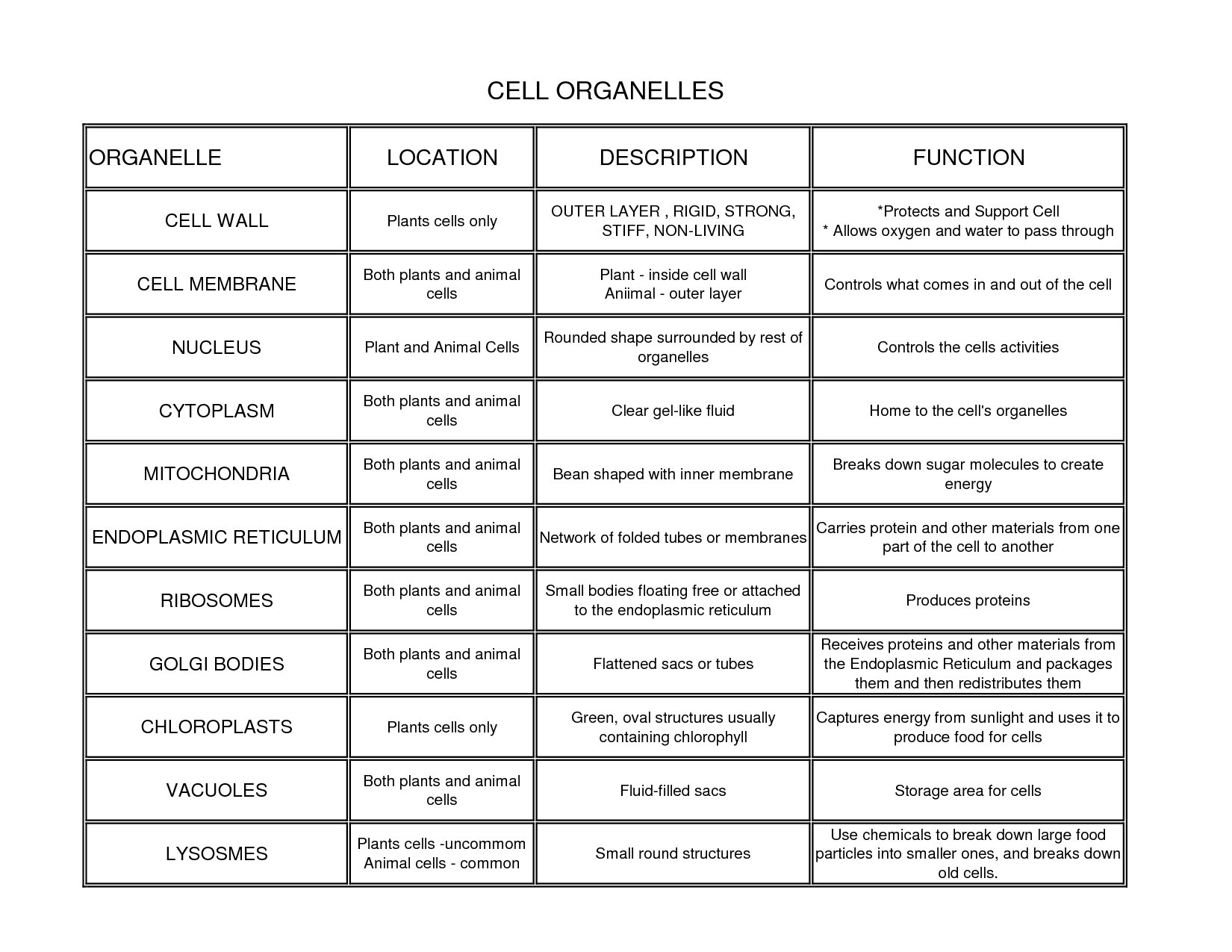
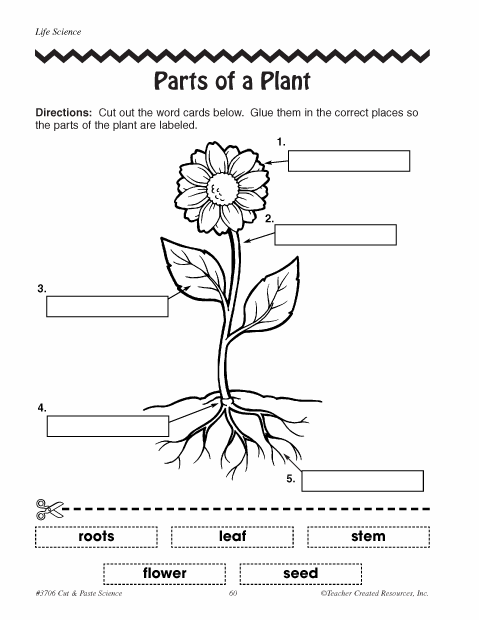
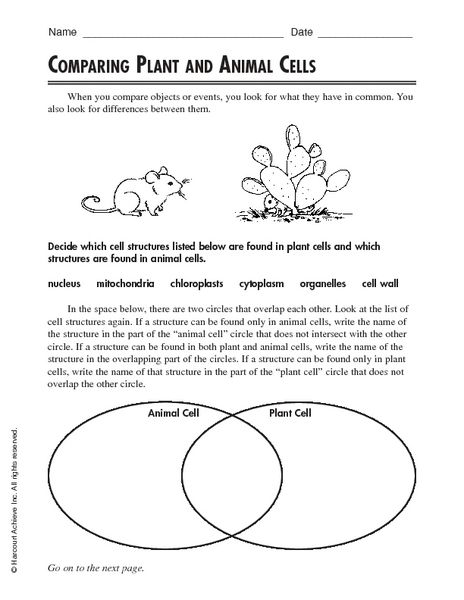
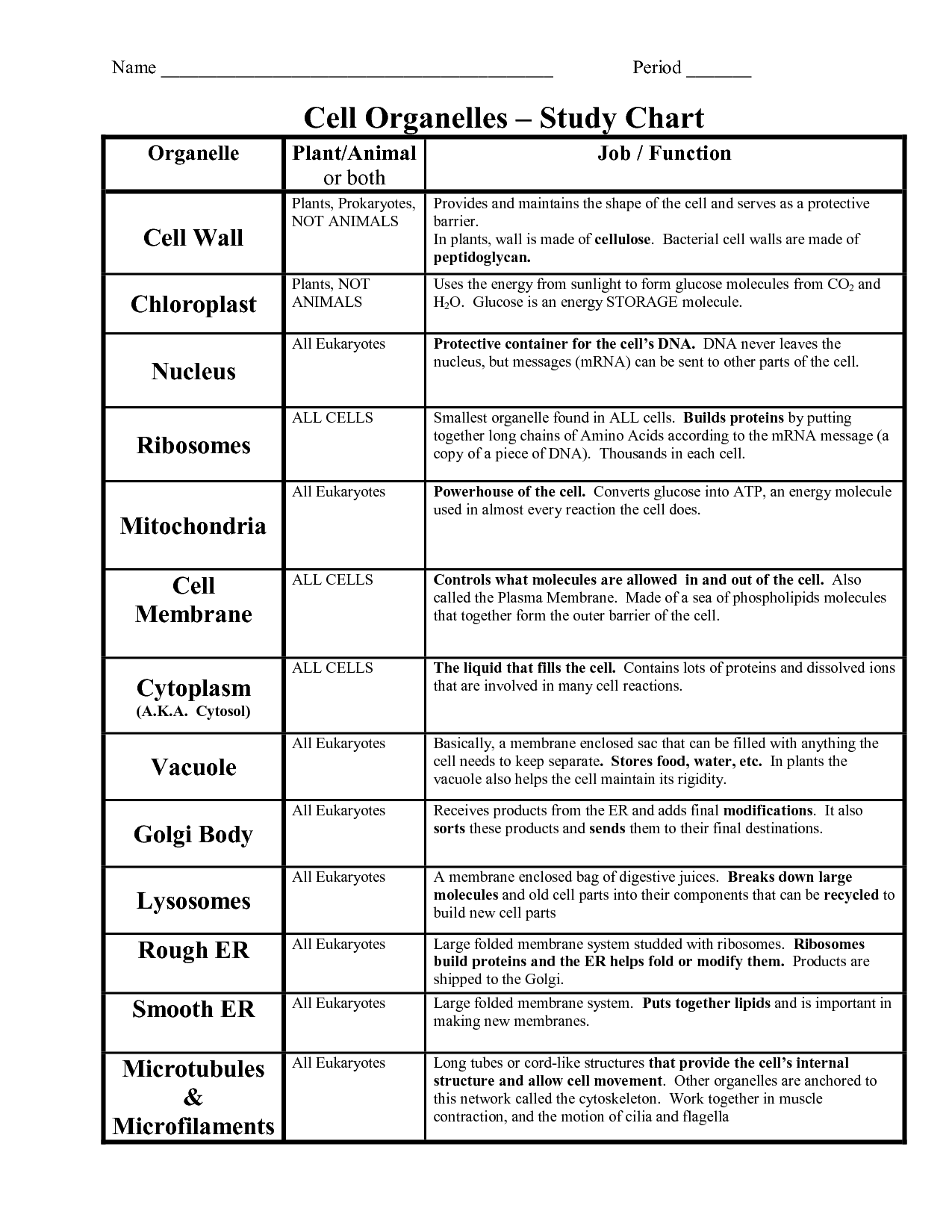
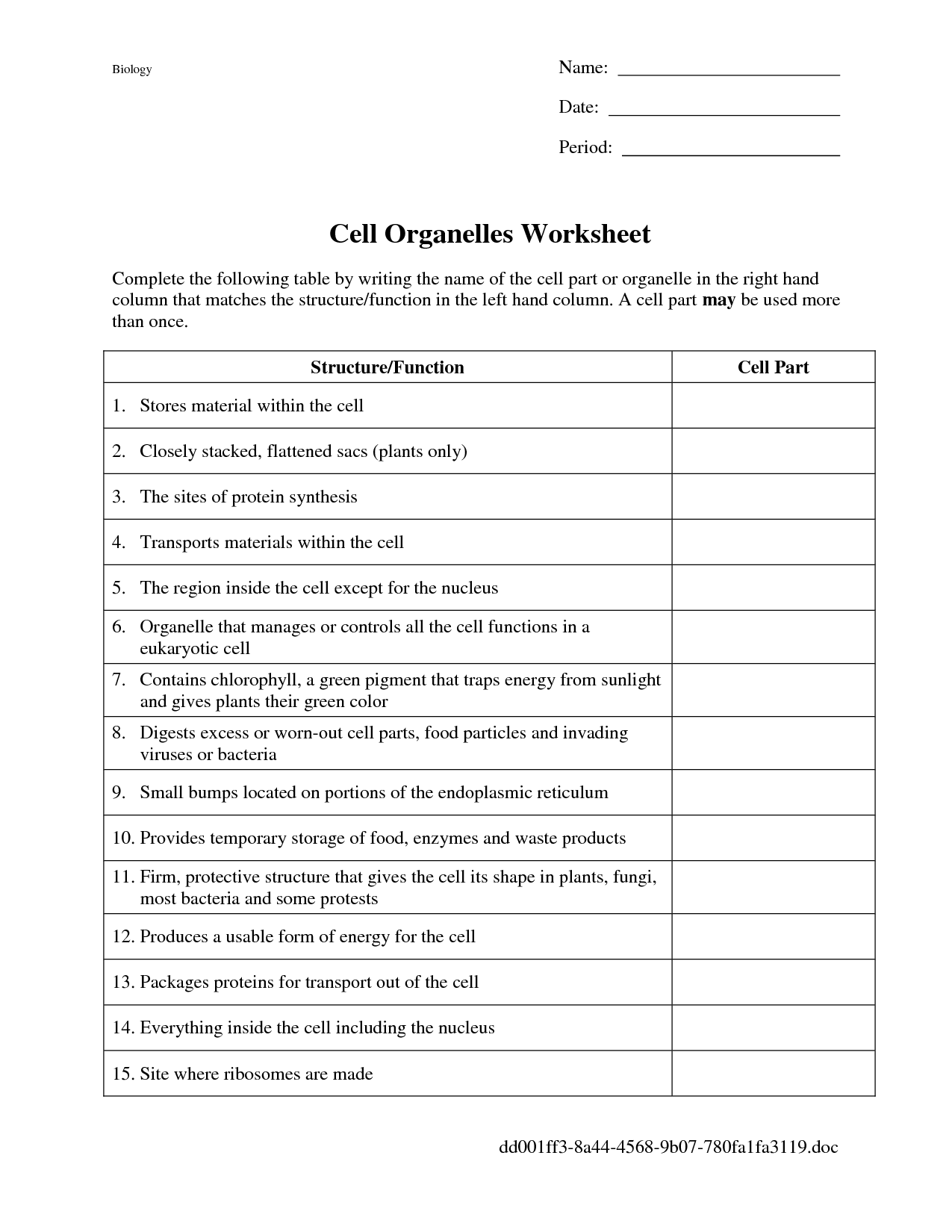
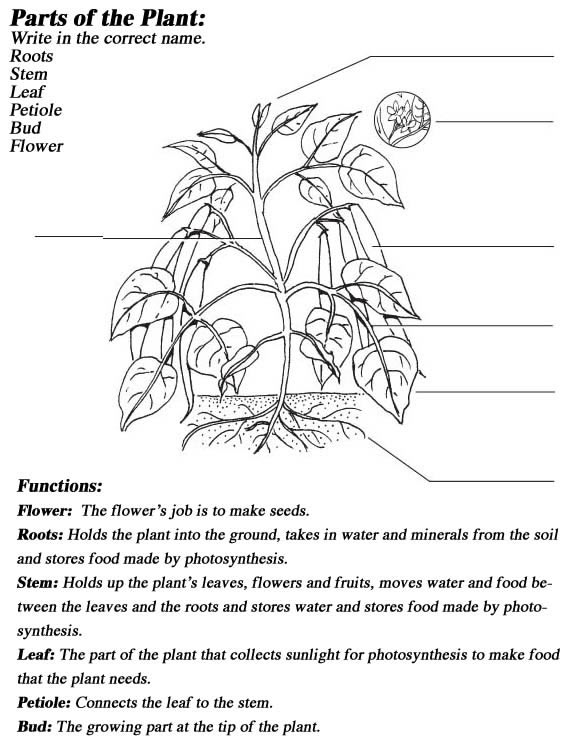
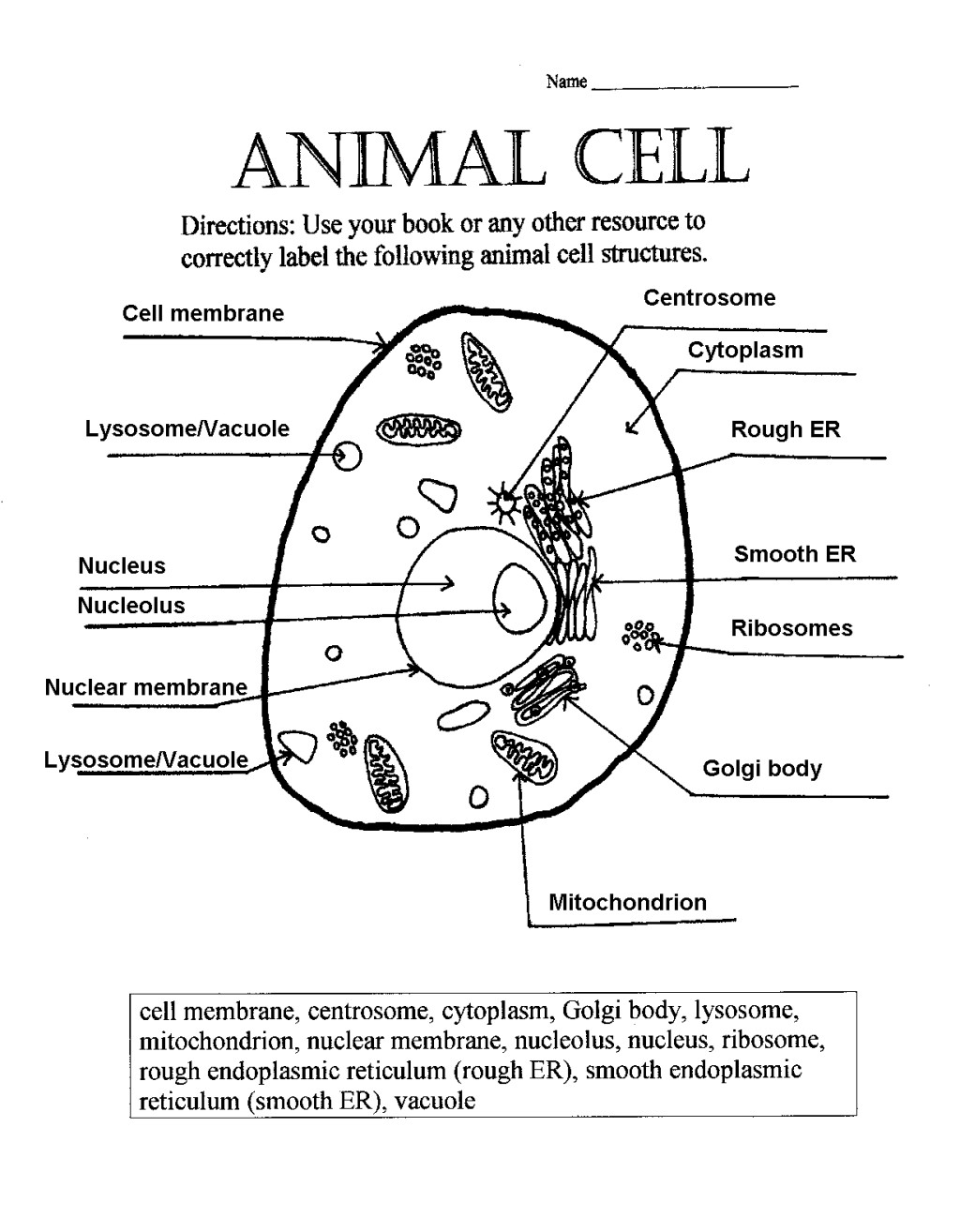
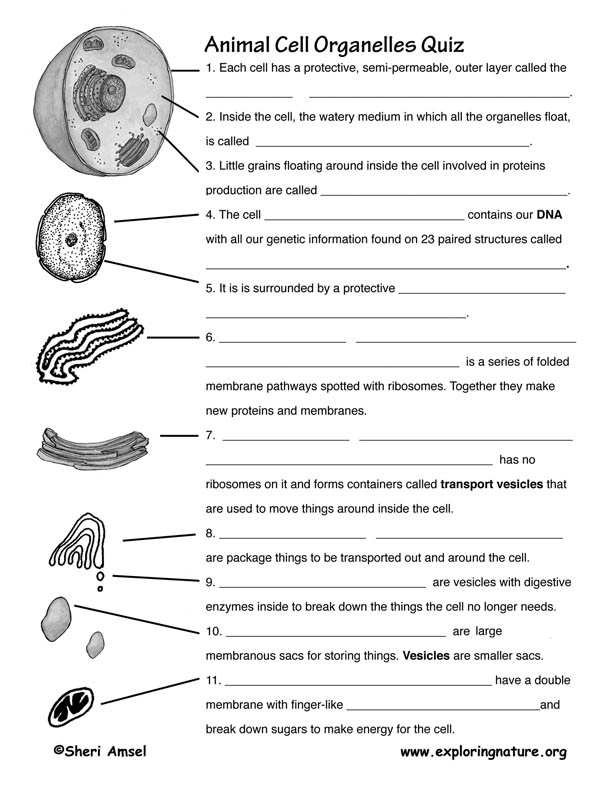
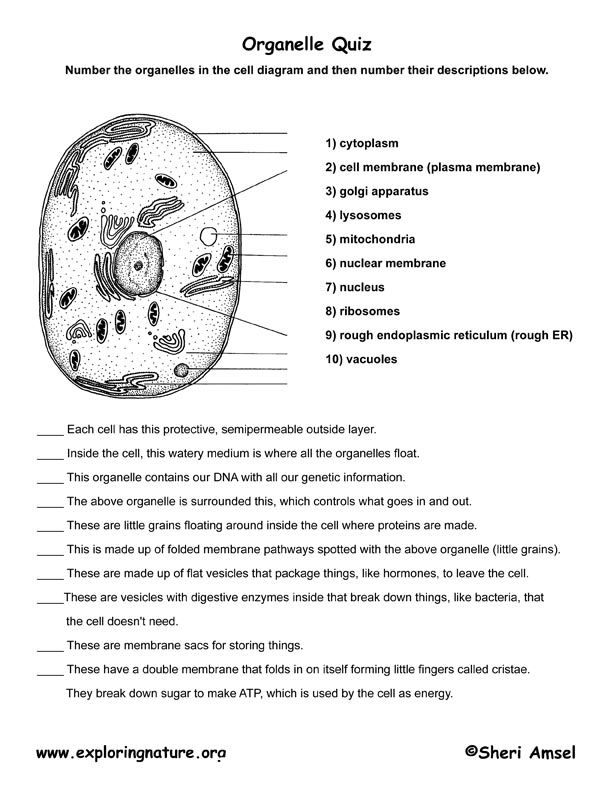
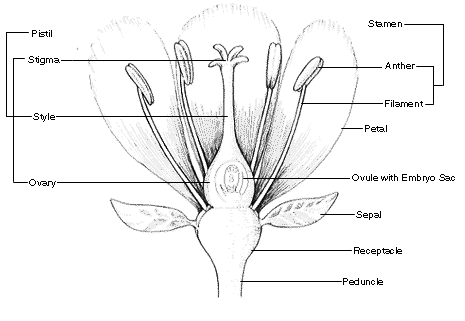














Comments